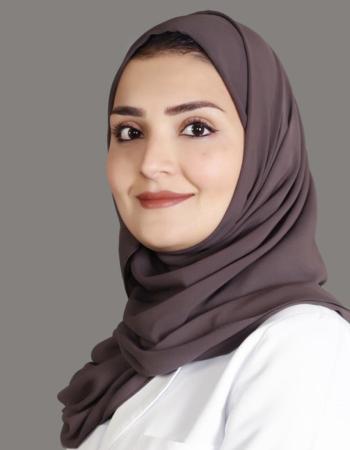Incidence of adverse drug events in public and private hospitals in Riyadh, Saudi Arabia: the (ADESA) prospective cohort study
Objectives To determine the incidence of adverse drug events (ADEs) and assess their severity and preventability in four Saudi hospitals.
Design Prospective cohort study.
Setting The study included patients admitted to medical, surgical and intensive care units (ICUs) of four hospitals in Saudi Arabia. These hospitals include a 900-bed tertiary teaching hospital, a 400-bed private hospital, a 1400-bed large government hospital and a 350-bed small government hospital.
Participants All patients (≥12 years) admitted to the study units over 4 months.
Primary and secondary outcome measures Incidents were collected by pharmacists and reviewed by independent clinicians. Reviewers classified the identified incidents as ADEs, potential ADEs (PADEs) or medication errors and then determined their severity and preventability.
Results We followed 4041 patients from admission to discharge. Of these, 3985 patients had complete data for analysis. The mean±SD age of patients in the analysed cohort was 43.4±19.0 years. A total of 1676 ADEs were identified by pharmacists during the medical chart review. Clinician reviewers accepted 1531 (91.4%) of the incidents identified by the pharmacists (245 ADEs, 677 PADEs and 609 medication errors with low risk of causing harm). The incidence of ADEs was 6.1 (95% CI 5.4 to 6.9) per 100 admissions and 7.9 (95% CI 6.9 to 8.9) per 1000 patient-days. The occurrence of ADEs was most common in ICUs (149 (60.8%)) followed by medical (67 (27.3%)) and surgical (29 (11.8%)) units. In terms of severity, 129 (52.7%) of the ADEs were significant, 91 (37.1%) were serious, 22 (9%) were life-threatening and three (1.2%) were fatal.
Conclusions We found that ADEs were common in Saudi hospitals, especially in ICUs, causing significant morbidity and mortality. Future studies should focus on investigating the root causes of ADEs at the prescribing stage, and development and testing of interventions to minimise harm from medications.

Animal and human studies have reported conflicting results on the relationship between circulating
trimethylamine N-oxide (TMAO) levels and risk of Type 2 diabetes (T2D). This study aimed…

